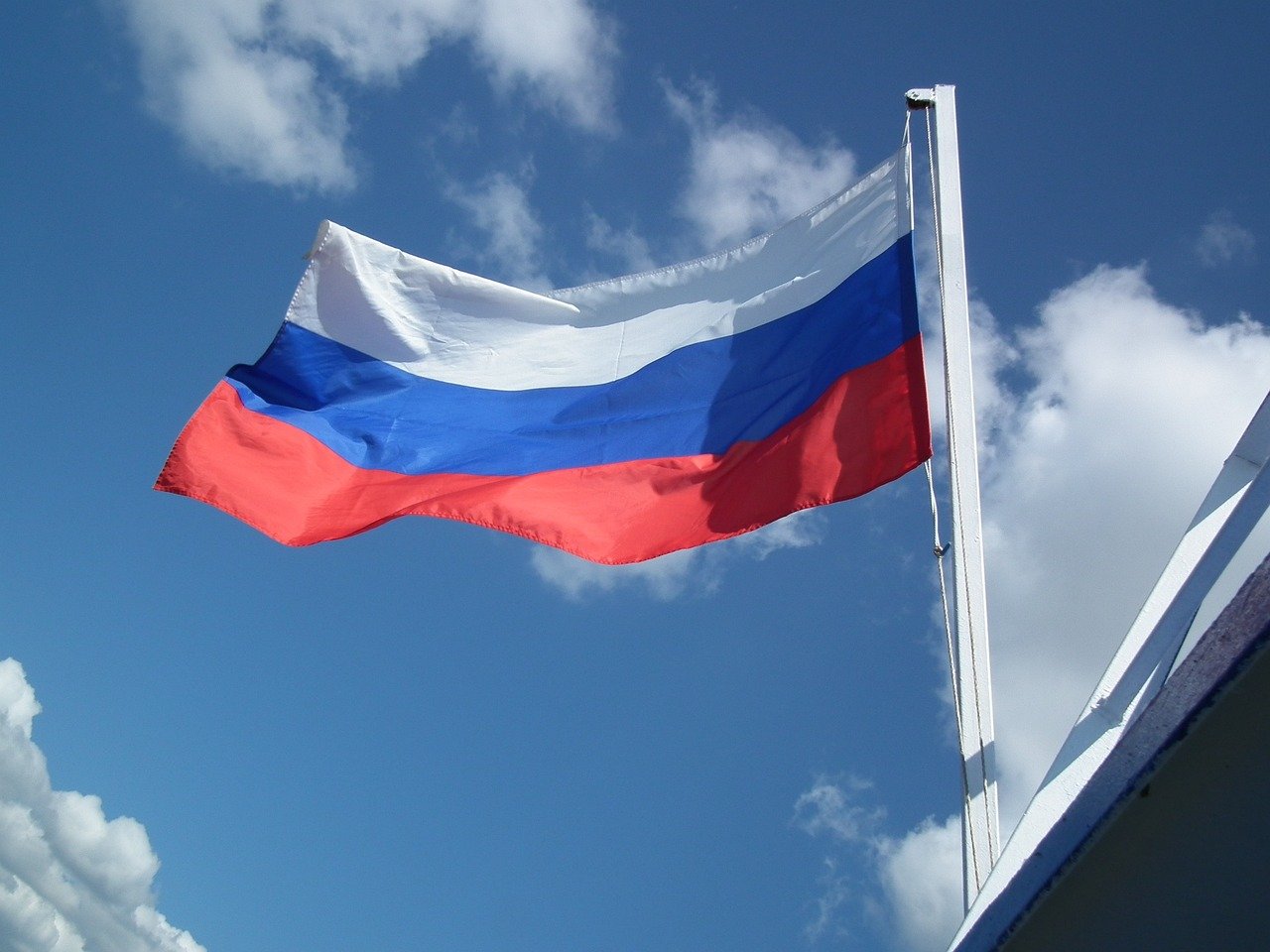- The EU is divided over seizing €258 billion worth of frozen Russian assets held in the Belgian Securities Depository.
- Some member countries argue that seizing these assets would be illegal, while others advocate for their seizure to support Ukraine.
- The potential seizure of these assets could threaten foreign investor confidence in the single currency, but could also provide leverage in peace negotiations.
- The decision to seize or not to seize these assets will have far-reaching implications for the EU’s relations with Russia, its support for Ukraine, and its own internal unity.
In the heart of Brussels, the Euroclear building has become the epicenter of intense political discussions within the European Union. The Belgian Securities Depository, believed to hold the majority of €258 billion’s worth of Russian assets frozen across EU countries, is under scrutiny. The total amount of frozen money surpasses the entire aid provided to Ukraine by the EU over the three-year war. However, the decision to seize it is fraught with risk.
The EU institutions are divided over whether and how to confiscate this money to support Ukraine. The first €1.5 billion of interest generated from these immobilized Russian assets has already been directed to Kyiv. Some member countries, including France and Belgium, argue that seizing these assets would be illegal and are therefore urging caution. Others are advocating for the seizure of the money, which would represent more than the entire aid provided by Europe to Ukraine over the three-year-war.
The European Parliament is also engaged in this debate. Renew MEP Sandro Gozi stated, “There are governments which are particularly involved. Together with the European Central Bank and other EU institutions, they are working to verify what the legal and financial possibilities are. It’s clear that, if there were no market and legal risk arising from confiscating the Russian funds, we would push to do it immediately.”
The Risks and Rewards of Seizing Assets
While seizing the interest on these assets, an initiative valued at €3 billion a year, presents almost no risks, some believe confiscating Russian assets themselves could threaten the confidence of foreign investors in the single currency. However, lawmakers from the Baltic States, Poland, and other countries close to the Russian border are eager to seize the money as soon as possible.
Finnish Green MEP Ville Niinistö emphasized the importance of adhering to international law in the confiscation process. He stated, “So as long as international law is abided by in the confiscation, it is possible to do it. It’s a separate thing. Euro stability and the euro market is very reliable for anyone to invest into.”
Another point of discussion is the strategic use of these Russian funds. Some governments believe that these funds could give the EU leverage in any peace negotiations. French President Emmanuel Macron suggested that they should be “part of the negotiation at the end of the war,” opening up the notion of using the assets as a bargaining chip, or as a security guarantee for Ukraine after a peace deal.
The ‘Rearm Europe’ Plan and Historical Precedents
In the backdrop of these discussions, the European Parliament has been sidelined from the decision-making process on the recently announced €800 billion plan to step up its efforts to support Ukraine in the short term and ensure its strategic autonomy to defend itself in the long term. As part of the so-called ‘Rearm Europe’ plan, EU Commission President Ursula von der Leyen has proposed to create a new financial instrument, worth €150 billion in loans under Article 122 of the Treaty, which allows the EU executive to submit a text directly to the Council in an emergency – thus bypassing the European Parliament.
The EU’s approach to the frozen Russian assets mirrors historical instances where economic sanctions and asset freezes have been used as tools of foreign policy. For instance, the United States has more than two dozen sanctions regimes targeting specific countries such as Iran. These sanctions have become one of the most favored tools for governments to respond to foreign policy challenges.
However, the situation with Ukraine and the frozen Russian assets is unique in its scale and complexity. The decision to seize or not to seize these assets will have far-reaching implications for the EU’s relations with Russia, its support for Ukraine, and its own internal unity.
As the debate continues, the world watches closely, waiting for the EU’s next move. The decision will not only impact the immediate situation in Ukraine but also set a precedent for future international conflicts. The EU’s handling of this situation will be a testament to its ability to navigate complex geopolitical landscapes while upholding its commitment to international law and financial stability.

